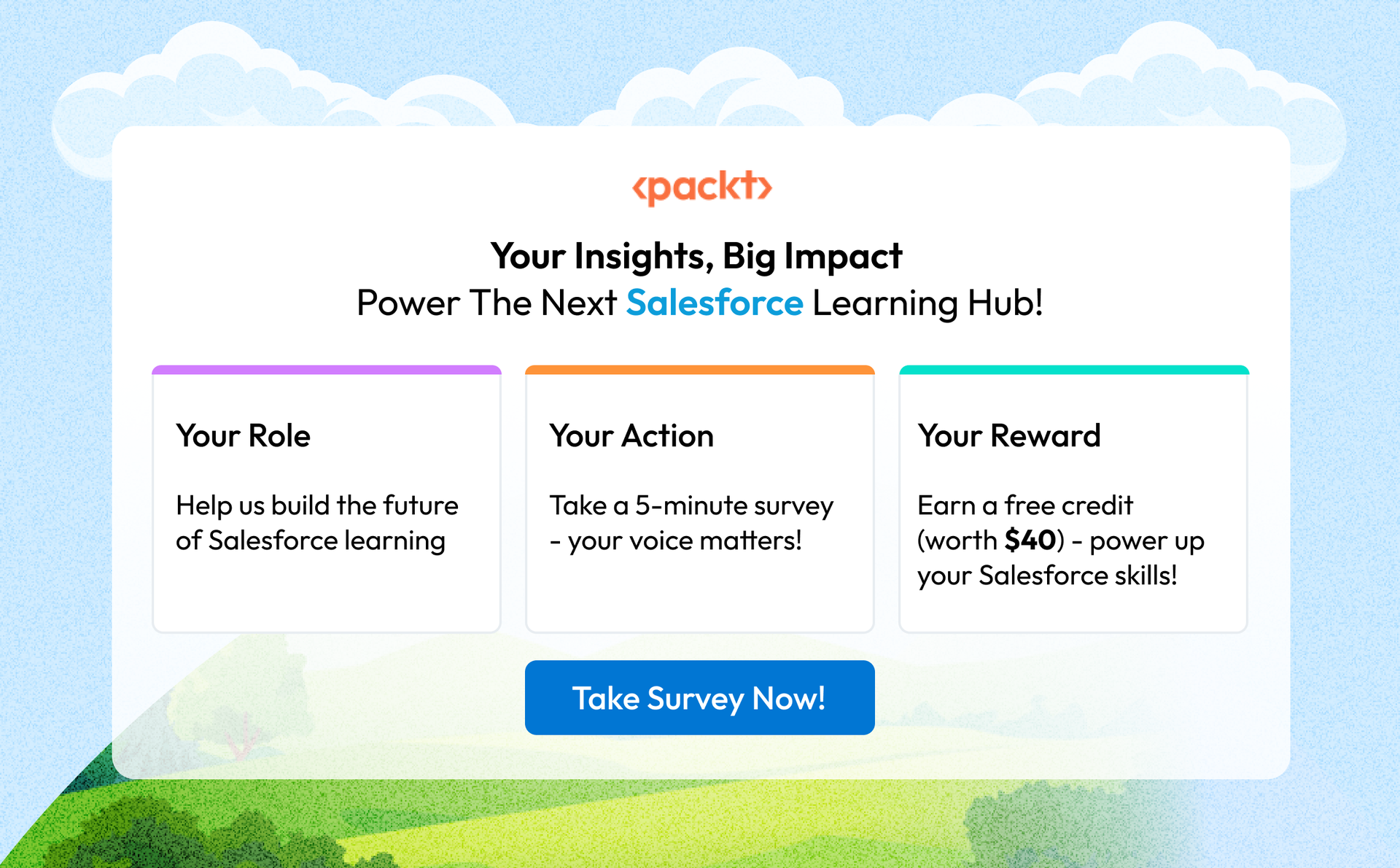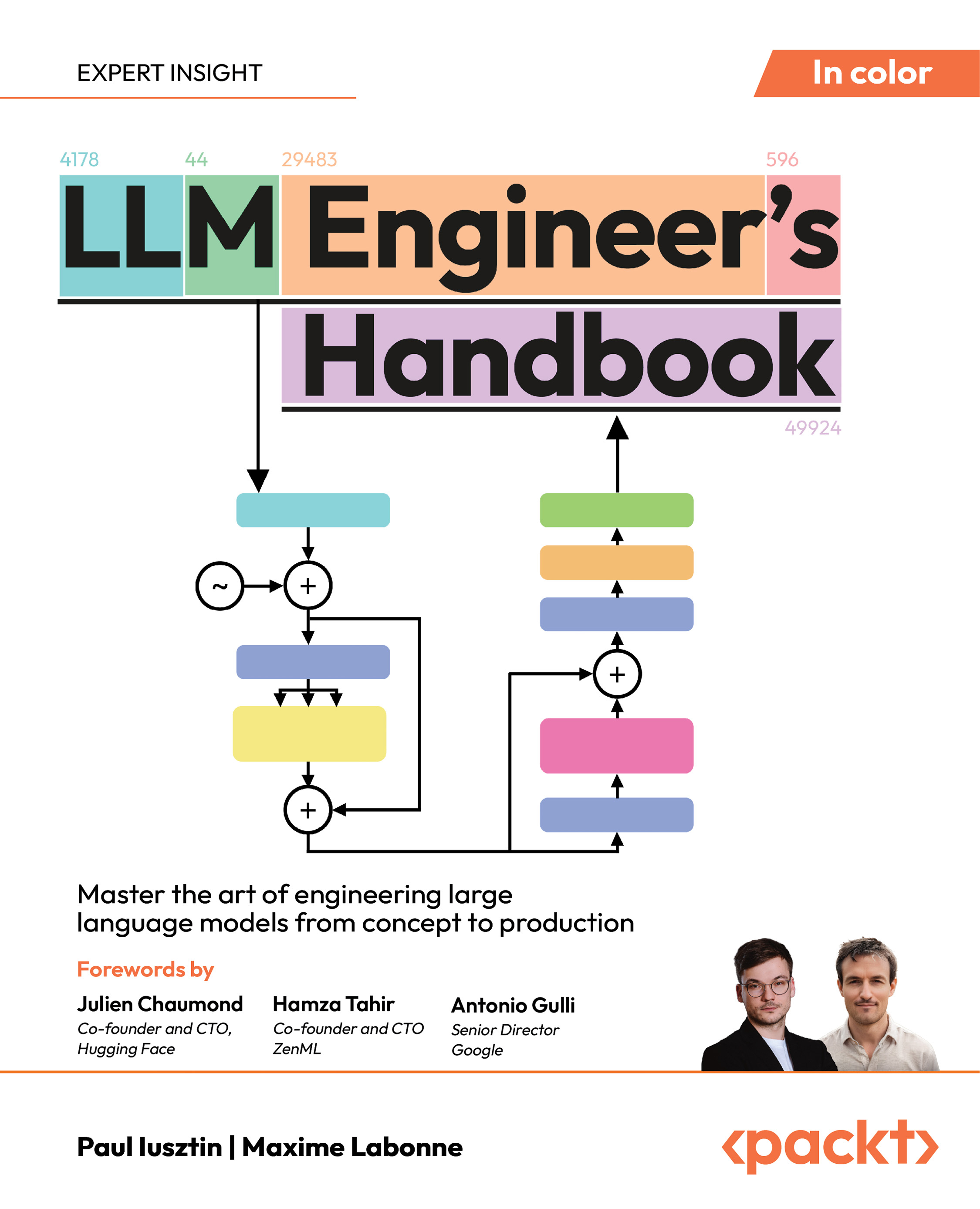📬 BIPro 95 ~Your BI & Data Weekly, Sharpened
In this edition, we spotlight practical breakthroughs and smart fixes shaping how teams build, maintain, and scale data systems. From cutting-edge tools like BigQuery Git integration and Tableau’s proactive metadata monitoring, to hands-on scripts for dynamic SQL and real-world AI applications, it’s your guide to what’s working now in BI.
Top Highlights:
🔗 BigQuery Meets Git: BigQuery repositories in Studio bring version control directly into your analytics workflow, great for collaboration and reducing errors in pipeline development.
🔗 Tableau Metadata API for Data Health: No more blind dashboard breakage, this guide shows how to detect and fix issues before users notice.
🔗 Data Sources That Matter: Tour of trusted datasets like Data.gov and Kaggle, helping analysts and data scientists build stronger, evidence-backed insights.
🔗 Dynamic SQL in Python: Generate flexible, safe T-SQL scripts using Python, ideal for variable-driven queries while staying secure.
🔗 SageMaker Unified Studio: Query without moving your data across S3, Redshift, and DynamoDB, no more silos, no extra pipelines.
Whether you’re streamlining dashboards, automating SQL workflows, or exploring AI-powered BI, this issue has something for every data professional.
Cheers,
Merlyn Shelley
Growth Lead, Packt
 United States
United States
 Great Britain
Great Britain
 India
India
 Germany
Germany
 France
France
 Canada
Canada
 Russia
Russia
 Spain
Spain
 Brazil
Brazil
 Australia
Australia
 South Africa
South Africa
 Thailand
Thailand
 Ukraine
Ukraine
 Switzerland
Switzerland
 Slovakia
Slovakia
 Luxembourg
Luxembourg
 Hungary
Hungary
 Romania
Romania
 Denmark
Denmark
 Ireland
Ireland
 Estonia
Estonia
 Belgium
Belgium
 Italy
Italy
 Finland
Finland
 Cyprus
Cyprus
 Lithuania
Lithuania
 Latvia
Latvia
 Malta
Malta
 Netherlands
Netherlands
 Portugal
Portugal
 Slovenia
Slovenia
 Sweden
Sweden
 Argentina
Argentina
 Colombia
Colombia
 Ecuador
Ecuador
 Indonesia
Indonesia
 Mexico
Mexico
 New Zealand
New Zealand
 Norway
Norway
 South Korea
South Korea
 Taiwan
Taiwan
 Turkey
Turkey
 Czechia
Czechia
 Austria
Austria
 Greece
Greece
 Isle of Man
Isle of Man
 Bulgaria
Bulgaria
 Japan
Japan
 Philippines
Philippines
 Poland
Poland
 Singapore
Singapore
 Egypt
Egypt
 Chile
Chile
 Malaysia
Malaysia






















